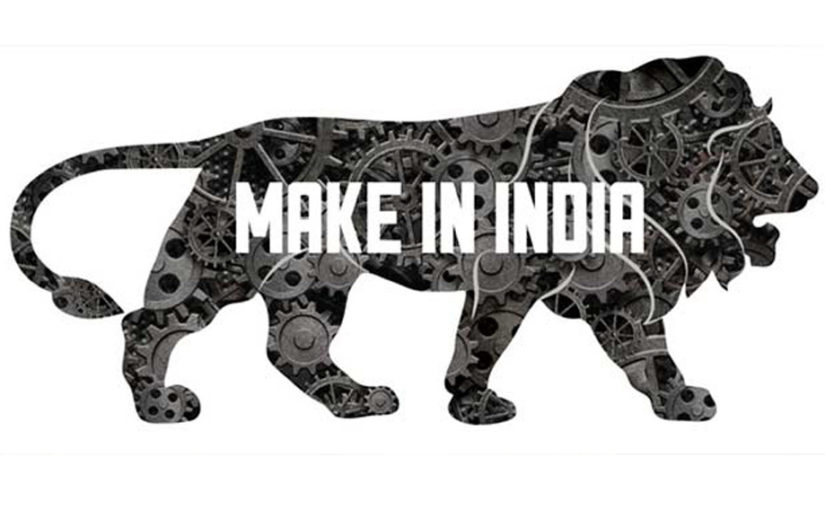The Indian forging industry is an important contributor to the manufacturing sector of the Indian Economy. It is a key element in the growth of the Indian automobile and other industries such as general engineering, construction equipment, oil and gas. The Indian forging industry is well recognized globally for its technical capabilities.
Forging Industry going ahead to shape Indian Economy:
With an installed capacity of around 3.76 million MT in fiscal 2016, Indian forging industry has a capability to forge the variety of raw materials like carbon steel, alloy steel, stainless steel, super alloy, titanium, copper, brass and aluminium.
According to a report from AAIFI, Based on installed capacity, the forging units are classified as very large (capacity above 75,000 MT), large (capacity in the range of 30,000 to 75,000 MT), medium (capacity in the range of 12,500 to 30,000 MT), small (capacity in the range of 5,000 to 12,500 MT) and very small (capacity up to 5,000 MT). Based on this classification, it can be inferred that about 87% of the total number of units are small and very small, while only about 5% can be classified as very large and large units; the balance of about 8% constitute the medium sized units.
Government’s steps to improve manufacturing sector with initiatives like ‘Make in India’ and ‘Skill India’ have resulted in positive economic sentiments amongst the business community. This has resulted in many global original equipment manufacturers (OEMs) and Tier-I players setting up purchasing offices in India and looking at procuring high standard quality products. With expected shut down of manufacturing unit of forging manufacturers in the developed nations Indian forging industry has the opportunity to garner benefits by meeting the global market demands for high quality and consistency in production. The Indian forging industry is expected to grow at a CAGR by 9.5% by 2018 production wise according to the market report.
Improved demand scenario has resulted in the increased capacity utilization over the period of past three years. Improved demand was driven by increased exports, increased demand from the automobile sector and diversification into the non-automotive sectors. The automobile industry is the biggest consumer of forgings, with a 60% share and the rest come from the non-automotive sector such as oil and gas industry, petrochemical industry, pharmaceutical industry, dairy industry etc.
Government Initiatives for forging industry: A massive growth awaits
Companies engaged in the auto forging space are also trying to reduce the dependence on the automobile sector by diversifying product range through technology upgradation to expand their customer base in non-automotive sectors which includes aerospace, energy, oil and gas, heavy engine parts, defense, construction equipment and power sector, amongst others.
Consequently, demand for overall forging industry is expected to be driven not only by the increased demand from the automobile sector but also from the non-automotive sectors. With increased dependence of the developed countries on the developing nations for the supply of forgings, the export market is expected to drive the overall growth of the Indian Forging Industry.
Overall the forging industry is expected to grow exponentially in the long term, it is definitely a positive step by the government in the right direction.
This will create a positive impact in the banking sector by offering the lower rate of interest to consumers which will lead to increased investments in the real estate and automobile sector.
Conclusion:
Forging Industry is one of the backbones of the Indian industrial growth. It contributes to the growth of the economy greatly and creates materials for other industries to use. The Government initiatives like Make in India will help the forging industries to grow by increasing the productivities whereas Skill India will provide the forging Industry with skilled personnel who can help in optimising the production.


